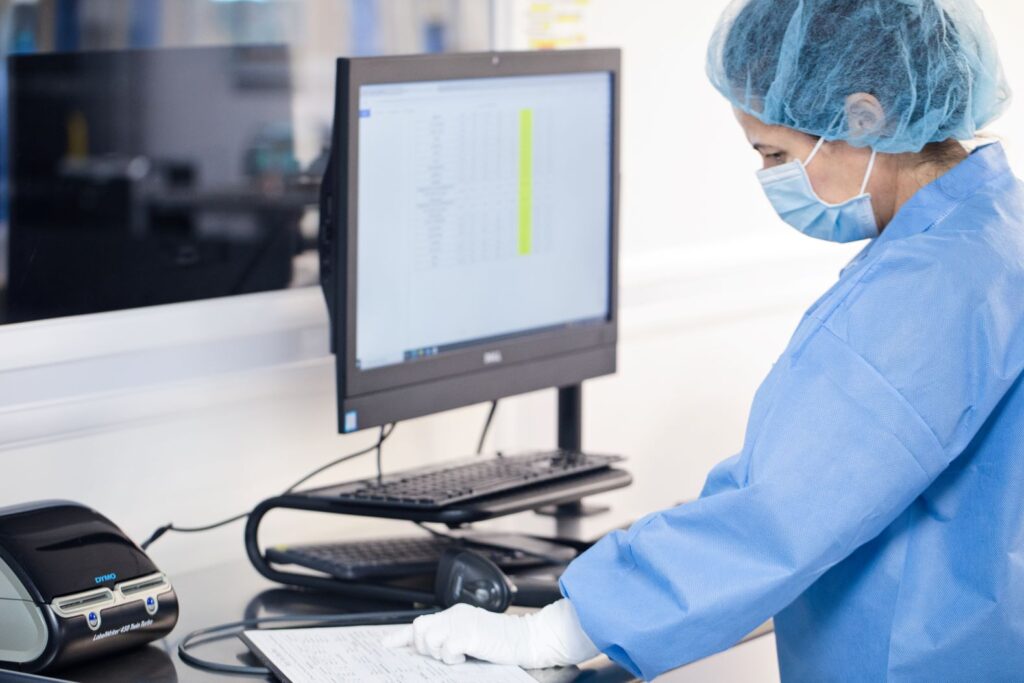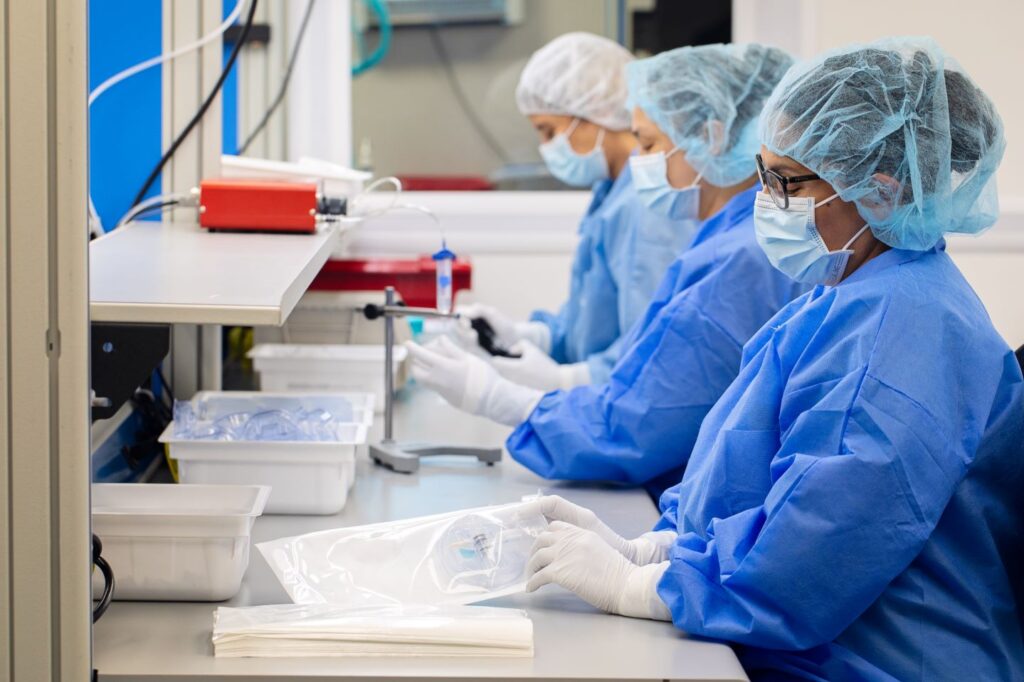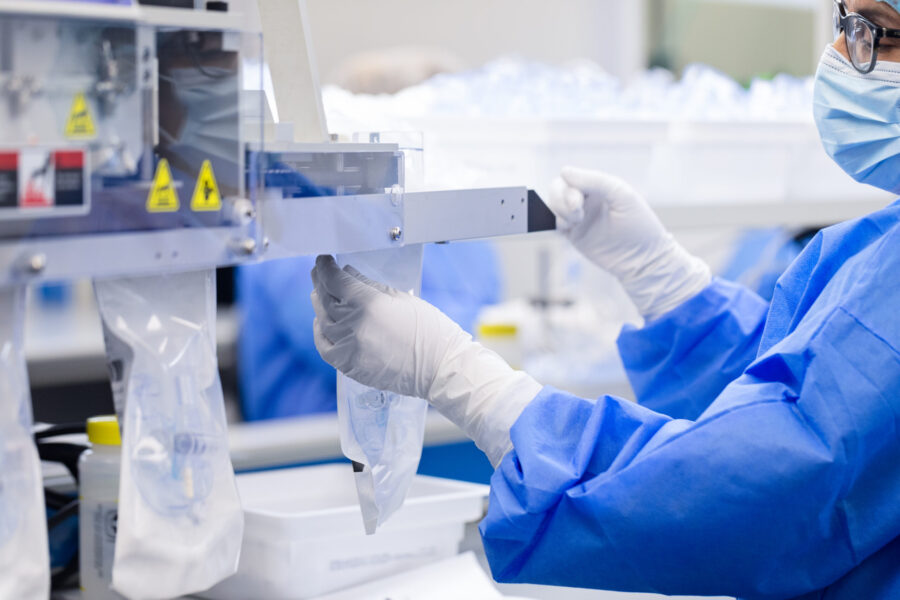Every breakthrough in healthcare technology—from minimally invasive surgical equipment to advanced medical robotics—relies on precise, compliant manufacturing. That’s why so many innovators turn to medical contract manufacturing services. A contract for manufacturing for medical devices is not just about outsourcing; it’s about forming a partnership that supports packaging development and assembly, manages risk assessments, and delivers scalable, validated solutions that meet global regulatory requirements.
In this article, we’ll explore the contract manufacturing process for medical devices—from early stage discussions to assembly to sterilization and compliance—showing how a well-chosen partner can make the difference between a promising idea and a transformative product that improves lives.
What Is Medical Device Contract Manufacturing?
Medical devices contract manufacturing refers to an outsourcing agreement in which a specialized company takes on the responsibility of producing medical devices on behalf of a device company. These devices can range from everyday single-use devices and disposable products to highly advanced electromechanical systems or surgical equipment.
Unlike standard manufacturing, this process is governed by strict regulatory requirements and quality standards—such as ISO 13485:2016, FDA registration, and international quality system regulations—that ensure devices are safe, sterile, and effective. A contract for manufacturing for medical devices doesn’t just transfer production; it provides access to specialized infrastructure, like Class 7 clean rooms, advanced automation capabilities, and an experienced team familiar with risk assessments, design, and process validation.
Key offerings in medical contract manufacturing services can include:
- Packaging Design – Designing custom or pre-validated packaging to meet the specific needs of the device, including shipping protection, sterilization, manufacturability, cost efficiency, and compliance.
- Process Design & Validation – Documenting and confirming that manufacturing processes consistently produce products that meet specifications.
- Device Assembly – Handling sub-assemblies or full device assembly.
- Sterilization Modalities – Ethylene oxide (EtO), gamma irradiation, e-beam, and other methods suitable for single-use devices and combination products.
- Supply Chain Management – Coordinating materials, scheduling, and distribution while minimizing supply chain issues.
The Contract Manufacturing Process for Medical Devices
The contract manufacturing process for medical devices can include different steps depending on the specific needs, but for us it follows a structured series of steps designed to transform a concept into a safe, compliant, and market-ready product. Unlike general manufacturing, this process must align with 21 CFR Part 820 Quality System Regulation and relevant international compliance frameworks.

1. Needs Assessment & Contract Agreement
Before production begins, the client and manufacturer establish a clear scope of work, including:
- Device specifications
- Target market size and distribution strategy
- Required certifications and regulatory compliance milestones
- Intellectual property protections
- Risk assessments for patient safety and operational hazards.
2. Packaging Design Assistance & Development
Packaging design goes beyond engineering—it’s about aligning form, function, and manufacturability. Contract manufacturers specializing in packaging and assembly may support:
- Selection of barrier materials that preserve sterility and extend shelf life
- Validation of package seals and closures to ensure integrity during handling and transport
- Development of ergonomic, user-friendly packaging that supports safe aseptic presentation in clinical settings
- Designing custom packaging solutions for single-use devices, disposable products, and combination products
- Compatibility testing to ensure packaging withstands validated sterilization modalities such as EtO, gamma irradiation, or e-beam
- Labeling and traceability systems that align with FDA and international regulatory standards
By leveraging digital modeling, simulations, and accelerated validation methods, engineering teams can anticipate packaging challenges before full-scale production. This proactive approach reduces delays, lowers the cost of production, and ensures that every packaged device performs as intended from factory to point of care.
3. Production & Assembly
Once validated, production moves into a controlled manufacturing facility. At PRO-TECH Design, production takes place in Class 7 clean rooms to maintain particulate control and protect sensitive medical systems.
Key aspects of the assembly process include:
- High-speed automation for high-volume, repeatable production.
- Hand assembly for delicate or complex products requiring human touch.
- Efficient setup of assembly lines guided by time and motion analysis.
- Scalable processes designed to adapt seamlessly from pilot runs to full mass production.
By blending automation with human expertise and engineering-driven efficiency, the assembly stage delivers consistent quality, lower labor costs, and faster throughput—helping devices reach the market quickly and in full compliance with regulatory standards.

4. Sterilization & Packaging
Sterilization is often important for single-use devices, combination products, and other medical devices. Available sterilization modalities may include:
- Ethylene oxide (EtO) for temperature-sensitive components
- Gamma irradiation for deep penetration and material compatibility
- Electron beam (e-beam) for rapid sterilization cycles
- Steam Sterilization for low-cost, easy-access sterilization
After sterilization, devices are packaged using materials and methods designed to preserve sterility through shipping and storage. This may involve:
- Barrier pouches
- Rigid trays with sterile barriers
- Custom packaging for unique devices such as drug + device combination products.
5. Regulatory Review & Quality Assurance
A robust quality management system ensures every device meets quality standards and passes regulatory compliance inspections. Activities include:
- Document control in accordance with the quality system regulation
- Lot traceability
- Final inspections under quality assurance protocols
- Submission of compliance documentation for FDA registration and ISO 13485:2016.
Healthcare contract manufacturing success relies heavily on these final steps to maintain ongoing compliance.
Compliance, Security, and Risk Management
In the medical device manufacturing industry, compliance is non-negotiable. Beyond meeting physical product requirements, companies must also protect sensitive data, intellectual property, and patient safety throughout the contract manufacturing process.
Regulatory Compliance
Compliance begins with adherence to federal regulations, regulatory requirements, and internationally recognized quality standards such as ISO 13485:2016. Manufacturers must demonstrate full alignment with:
- Quality system regulation (QSR) under 21 CFR Part 820
- FDA registration and submission requirements
- Global regulatory standards for packaging, labeling, and sterilization
- Industry-specific requirements for combination products, drug formulations, and clinical trials.
This ensures that whether the product is a single-use device, surgical equipment, or an advanced electromechanical system, it consistently meets safety and performance expectations.
Risk Assessments and Quality Assurance
Effective risk assessments are essential throughout the lifecycle. They identify hazards in device assembly, potential weaknesses in supply chain management, or vulnerabilities in packaging that could compromise sterility. By pairing risk assessment with process validation, manufacturers confirm not only that the process works, but that it works safely, reliably, and within established tolerances.
Why Partner With an ISO 13485 Certified Manufacturing Partner?
A reliable manufacturing partner is more than a supplier—they are an extension of your business. Choosing a certified provider of medical contract manufacturing services offers:
- Proven quality management systems that satisfy regulatory standards
- Access to specialized infrastructure like Class 7 clean rooms, in-house tool shops, and advanced automation capabilities
- Expertise in advanced manufacturing assembly
- Scalability for both small pilot runs and mass production
- Strong supply chain management to minimize supply chain issues and keep projects on schedule
- End-to-end compliance support—from design validation and product development to process validation and regulatory submissions.
Partnering with an ISO 13485:2016 certified manufacturer ensures that innovation is supported by compliance, efficiency, and quality at every stage.
Conclusion: Packaging That Delivers More Than Protection
The contract manufacturing process for medical devices is far more than a means of outsourcing—it’s a strategic partnership that ensures devices are designed, built, and delivered with safety, compliance, and patient outcomes in mind. From design assistance and device assembly to sterilization modalities, process validation, and supply chain management, every step requires precision and adherence to strict regulatory requirements.
Choosing the right manufacturing partner makes the difference between delays and market success. Whether you are a startup navigating your first clinical trials or an established device company seeking production scalability for mass production, our team at PRO-TECH has the infrastructure, expertise, and dedication to help you succeed.
Partner with us today and ensure your medical devices are manufactured with the highest levels of quality, safety, and regulatory compliance. Learn more about our services or contact our team to start your next project.
FAQs
How does the contract manufacturing process for medical devices work?
It follows stages like needs assessment, packaging design assistance, production, process validation, sterilization, and packaging testing—often in controlled environments like Class 7 clean rooms.
What types of products can be made through medical device contract manufacturing?
From single-use devices and disposable products to orthopedics, drug + device combination products, and electro-mechanical systems.
What regulatory requirements apply to medical contract manufacturing services?
Manufacturers must follow quality system regulation, ISO 13485:2016, FDA registration, and industry-specific regulatory requirements for sterilization, labeling, and material compatibility.
How do manufacturers ensure quality and security?
Through quality assurance, risk assessments, security policies, and monitoring. Plus, highly trained personnel who are well-versed in navigating strict protocols to ensure quality and security standards are met.
How do supply chain management practices affect outcomes?
Strong supply chain management prevents delays, ensures material availability, and supports smooth production and assembly.

